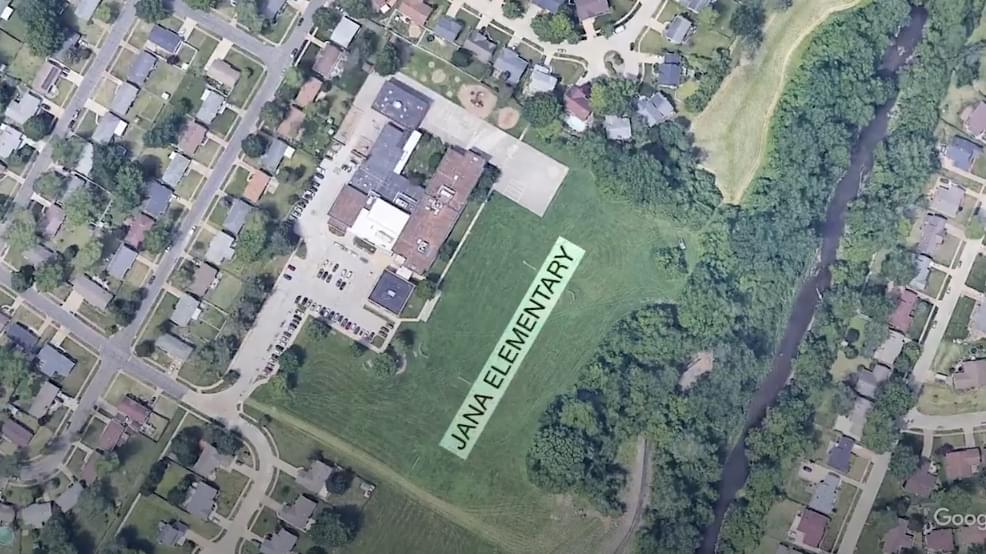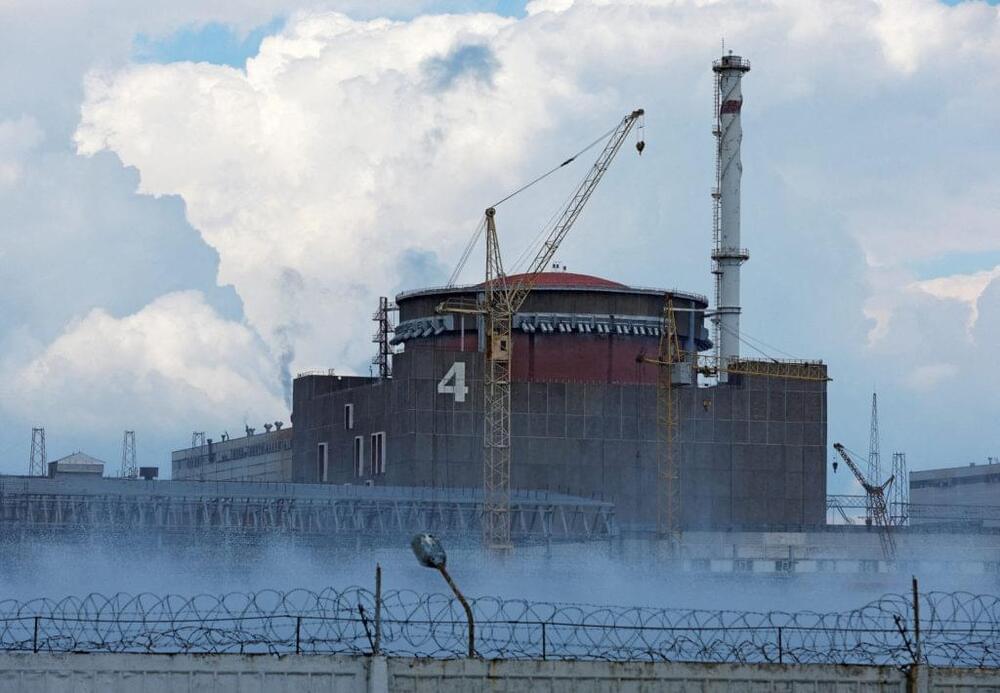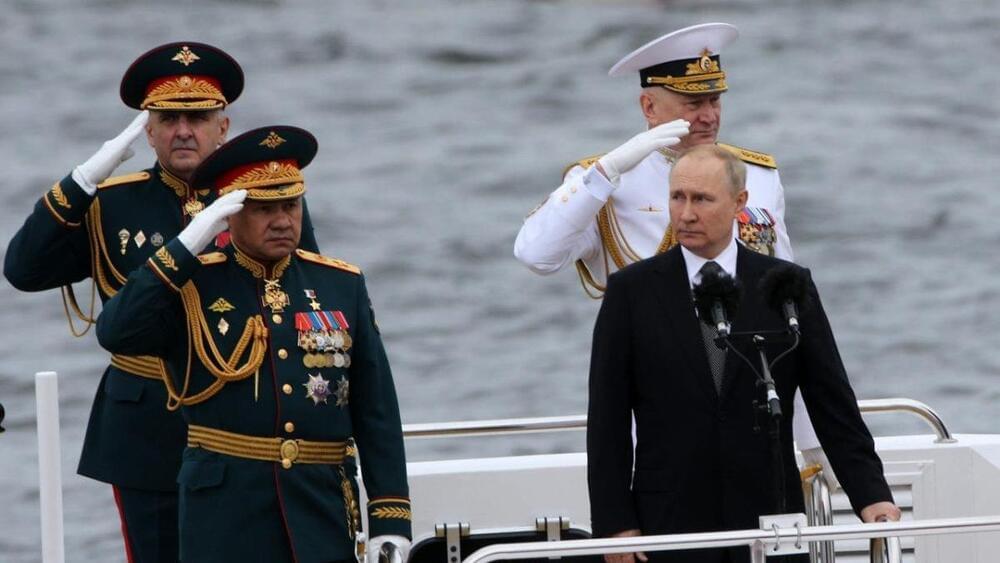UK or US will be first to develop reactors capable of generating vast amounts of clean power, says executive at Kyoto Fusioneering.



PARIS—France is falling behind in its plans to return the country’s fleet of nuclear reactors to full power this winter after a rash of outages, raising fears that one of Europe’s key sources of electricity won’t be ramped up to counter Russia’s squeeze on the continent’s energy supplies.
The nuclear fleet was designed to act as the front line of France’s energy security. Since Moscow cut the flow of natural gas to Europe—plunging the continent into its biggest energy crisis since the 1970s oil shock—France’s vaunted nuclear fleet has been about as effective as the Maginot Line, the French fortifications that did little to stop the German invasion during World War II.
Can this new nuclear fusion generator make unlimited clean electricity?
• https://brilliant.org/ElectricFuture first 200 people get 20% off annual premium subscription.
• https://youtu.be/sEt0nIBPL24 Deeper dive into Helion’s materials, methods, and fusion approach. (unlisted bonus content)
• Organizations all across the world are racing to achieve a fusion power breakthrough. Many critics say nuclear fusion is impossible, but Helion Energy believes they’ve cracked the code…
If you could design the perfect energy source, it would have an inexhaustible supply of fuel, be environmentally friendly, not take up much space, and have a high degree of safety.
The fuels considered for fusion power have traditionally all been isotopes of hydrogen, but there are better fusion reactions using elements like helium-3. Nuclear Fusion 3.
What is nuclear fusion? Nuclear fusion explained: an experimental form of power generation that harnesses the energy released when two atoms combine.
How does nuclear fusion work? Every atom is composed of a nucleus and one or more electrons. The nucleus is made up of protons, and neutrons. A fusion reactor heats fusion fuels into plasma and fuses light elements into heavier elements.

The new model will replace the country’s Charles de Gaulle ship.
Partially state-owned French shipbuilder Naval Group has released fresh renderings on Twitter of France’s future nuclear-powered aircraft carrier, designed to replace the country’s Charles de Gaulle ship.
A new generation aircraft carrier
The new images of what is presently known as the porte-avions de nouvelle génération (PANG), called a New Generation Aircraft Carrier in English, were showcased around the EuroNaval 2022 conference in Paris on Tuesday.
The new system uses molten salts instead of traditional fuel rods.
The world is rethinking nuclear power plants in the face of climate change.
Your average plant produces 8,000 times more power than fossil fuels and is environmentally friendly. There’s one massive caveat, though, in the form of nuclear disasters, such as the 1986 Chernobyl incident and the 2011 Fukushima disaster.

Sign up for the Morning Brief email newsletter to get weekday updates from The Weather Channel and our meteorologists.
A new report shows there is a significant amount of radioactive contamination inside an elementary school in suburban St. Louis, near where waste was dumped from a World War II nuclear weapons factory.
The U.S. Army Corps of Engineers has been working for years to clean up toxic waste near the St. Louis Lambert International Airport, where byproducts from the weapons manufacturing were dumped near a waterway called Coldwater Creek.
Join cosmologist Laura Mersini-Houghton as she discusses her ground-breaking theory, and how her path from communist Albania helped her become one of the most courageous thinkers on the world stage of theoretical physics. Watch the Q&A for this video here: https://youtu.be/6xpVP_ITEYE
Laura’s book “Before the Big Bang: The Origin of Our Universe from the Multiverse” is available to purchase now: https://geni.us/2TDDa.
Subscribe for regular science videos: http://bit.ly/RiSubscRibe.
The multiverse has gone from philosophical speculation to one of the most compelling and credible explanations of our universe’s origins.
In this talk, Laura interweaves her unconventional journey with reshaping our understanding of humanity’s places in the unfathomable vastness of the cosmos.
This lecture was filmed on 3 August 2022.
0:00 Introduction.

A mechanism for preventing destructive instabilities in magnetically confined plasmas provides a new way for scientists to operate future nuclear-fusion reactors.
All magnetically confined plasmas naturally develop instabilities, regions where small perturbations grow rapidly [1]. Scientists have been looking for ways to prevent instabilities in a tokamak—a leading candidate for a fusion reactor—because the instabilities can cause substantial damage to the tokamak’s walls. Now Georg Harrer at the Vienna University of Technology and his colleagues have shown how these destructive instabilities can be avoided by adjusting the properties of the plasma and its confining magnetic field [2]. The researchers’ findings offer a fresh approach to running future fusion reactors.
A tokamak uses a powerful magnetic field to confine fusion fuel in the form of a plasma (a highly ionized gas) that is shaped like a ring donut. Instabilities that originate at the plasma edge (the “glaze” of the donut) are called edge-localized modes (ELMs) [3]. ELMs transport heat and particles along magnetic-field lines, moving them from the well-confined plasma core (the “filling” of the donut) to the divertor—a region of the tokamak’s walls. ELMs come in various sizes and frequencies (repetition rates). Their size, expressed as a percentage of the energy stored in the plasma core, strongly influences how much heat and how many particles will be deposited by each ELM in the divertor.

BERLIN (AP) — Ukraine’s Zaporizhzhia nuclear power plant, the biggest in Europe, has lost its last remaining external power source as a result of renewed shelling and is now relying on emergency diesel generators, the U.N. nuclear watchdog said Saturday.
The International Atomic Energy Agency said the plant’s link to a 750-kilovolt line was cut at around 1 a.m. Saturday. It cited official information from Ukraine as well as reports from IAEA experts at the site, which is held by Russian forces.
All six reactors at the plant are shut down but they still require electricity for cooling and other safety functions. Plant engineers have begun work to repair the damaged power line and the plant’s generators — not all of which are currently being used — each have sufficient fuel for at least 10 days, the IAEA said.

Is this a sign of nuclear escalation?
A top-of-the-line Russian nuclear-powered submarine has gone missing from its harbor in the Arctic along with its rumored “doomsday weapon,” according to multiple reports.
NATO has reportedly warned members that Russia’s Belgorod submarine no longer appeared to be operating out of its White Sea base, where it has been active since July. Officials warned that Russia may plan to test Belgorod’s “Poseidon” weapons system, a drone equipped with a nuclear bomb that Russia has claimed is capable of creating a “radioactive tsunami,” according to Italian media.
The drone can be deployed from the submarine at any time and detonated at a depth of 1 kilometer near a coastal city. Russian state media has claimed the device can create a 1,600-ft. wave that smashes into the coast and irradiates it.